Gardening doesn’t have to mean buying expensive pots or planters. With a little creativity, everyday items can be transformed into unique containers that not only save money but also add personality to your garden. Repurposed containers are eco-friendly, versatile, and often tell a story through their original purpose. From old furniture to kitchenware, each item can be turned into a functional planter. In this guide, we explore 20 practical ideas that are easy to implement and perfect for adding charm, texture, and character to any garden space.
1. Old Wheelbarrows: Rustic and Functional
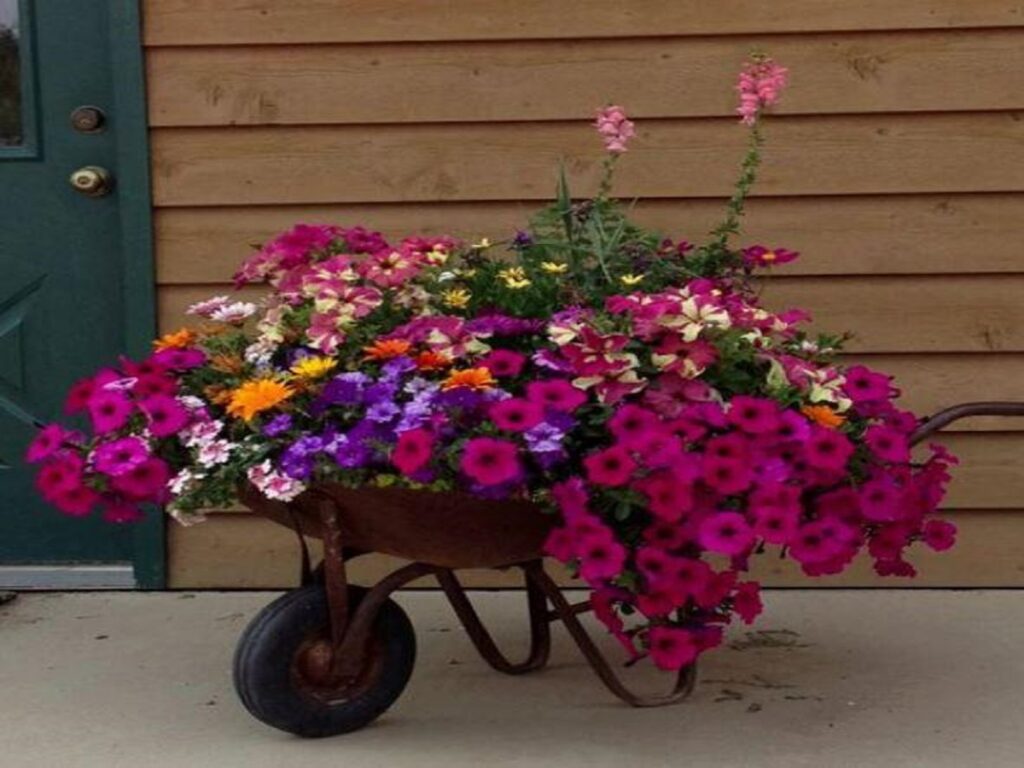
A worn-out wheelbarrow makes an excellent garden container. Its deep basin is perfect for soil, allowing a mix of flowers, herbs, or small shrubs. The wheels make it portable, so you can rearrange your garden layout seasonally. Rusted finishes can be left natural for a vintage look or painted for a bright pop of color. Its sloped shape encourages drainage, helping plants thrive. Simply line it with landscape fabric to prevent soil from falling out and enjoy a mobile, rustic planter with plenty of charm.
2. Wooden Crates: Tiered and Versatile
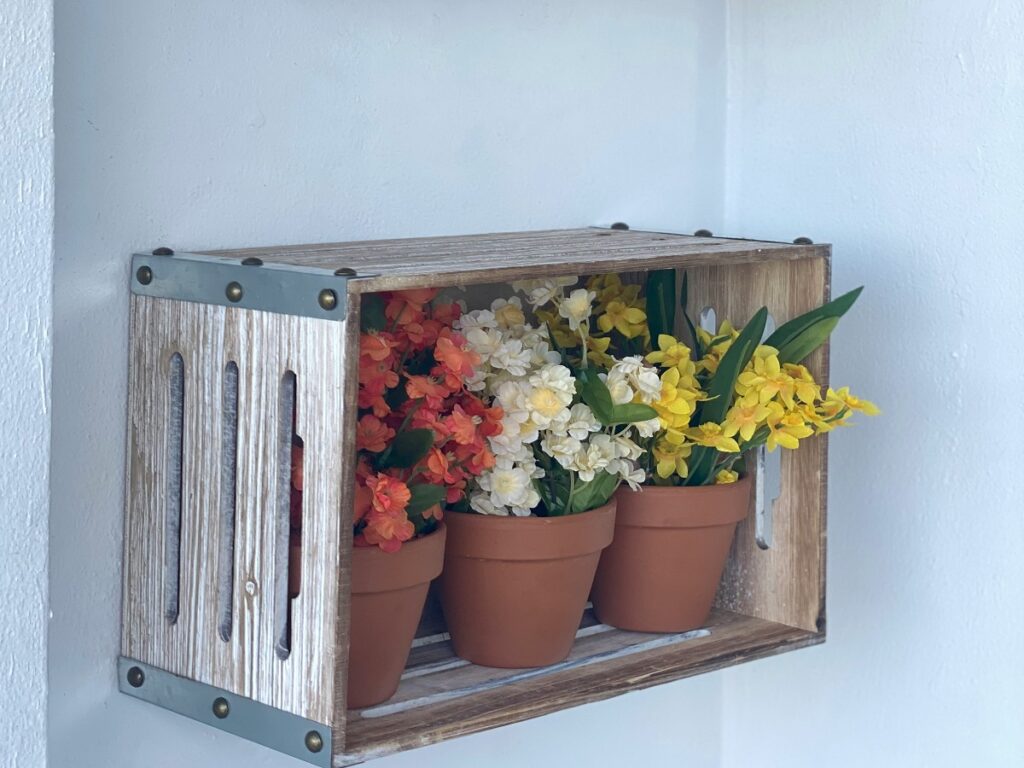
Wooden shipping crates are ideal for creating multi-level garden displays. Stack them to form vertical planters or lay them flat for individual beds. They naturally complement herbs, succulents, or small flowers and provide excellent drainage when you drill holes in the bottom. Over time, untreated wood will age beautifully, blending seamlessly with your garden’s environment. They’re lightweight yet sturdy, making it easy to adjust your layout. Painted or left natural, crates bring a rustic, organized look to patios, balconies, or backyard gardens.
3. Old Teapots and Kettles: Quirky Charm
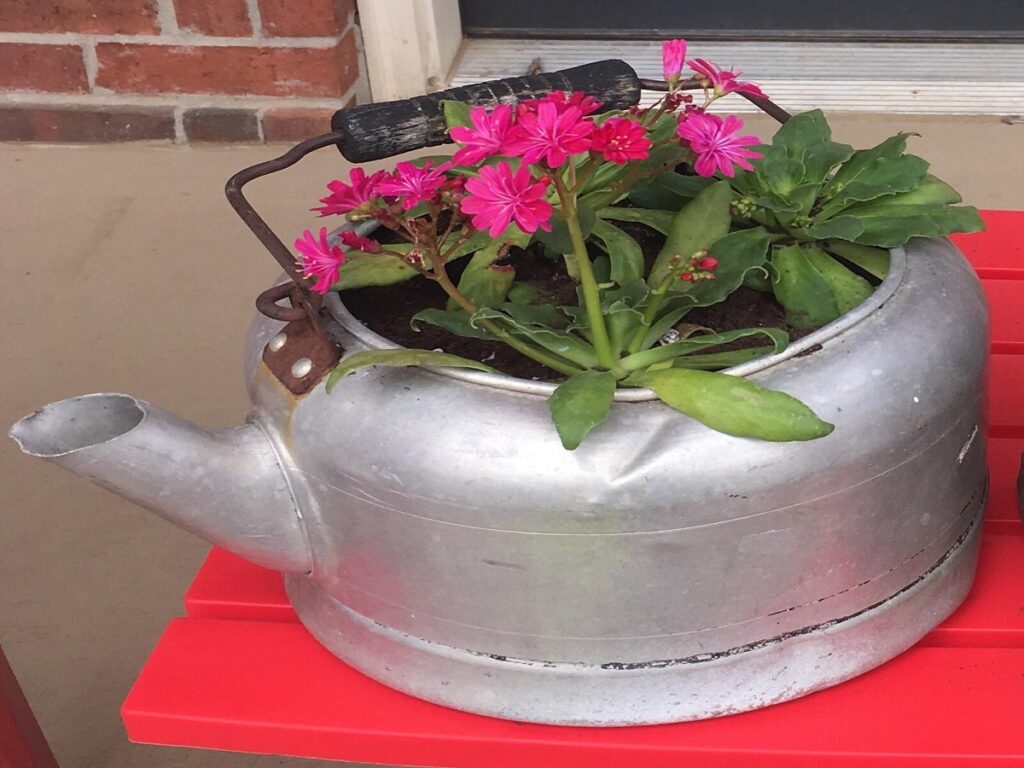
Vintage teapots, kettles, or coffee pots make whimsical planters for small flowers or succulents. Their unique shapes and handles add visual interest while making it easy to move them around. Simply fill with potting soil and plants, and place them on shelves, tables, or window sills. Ensure proper drainage by adding a few small stones at the bottom or carefully drilling holes if possible. These small containers are perfect for herbs like thyme or mint, combining practicality with an inviting, story-filled aesthetic.
4. Bathtubs: Statement Planters
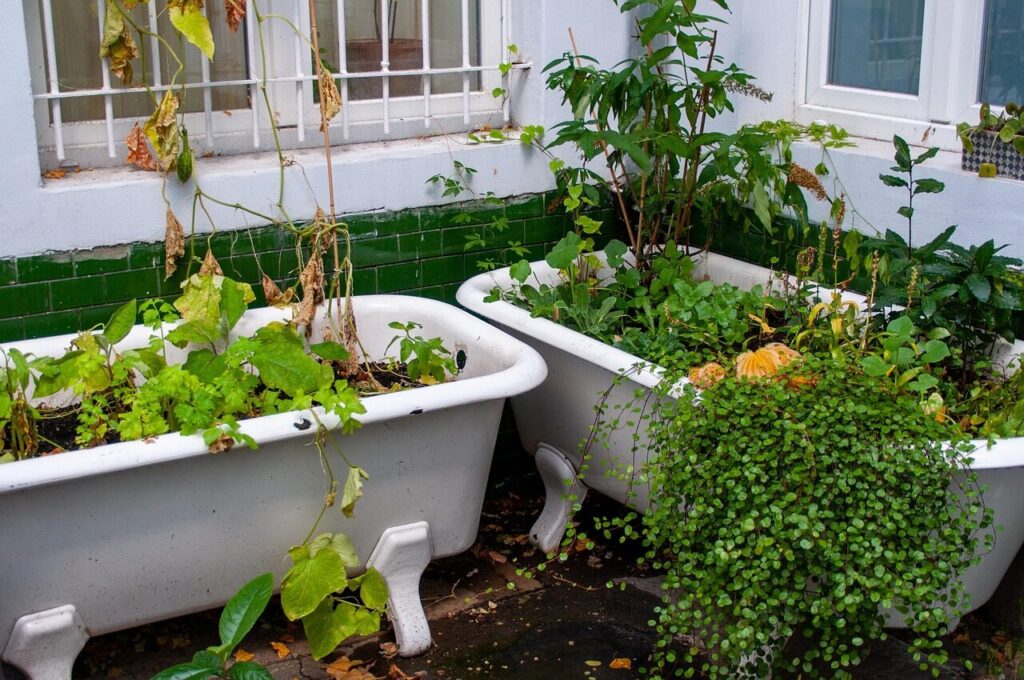
An old bathtub, especially clawfoot or enamel styles, transforms a garden space into a striking focal point. Its size allows for layered planting, combining tall plants at the back and trailing varieties at the front. Proper drainage is essential; drill holes or elevate slightly to avoid waterlogging. Bathtubs can accommodate vegetables, herbs, or ornamental flowers, creating a mini-garden oasis. With a little paint or left in its natural vintage finish, the bathtub planter adds a bold, playful touch that blends utility with eye-catching design.
5. Broken Pots: Creative Collages
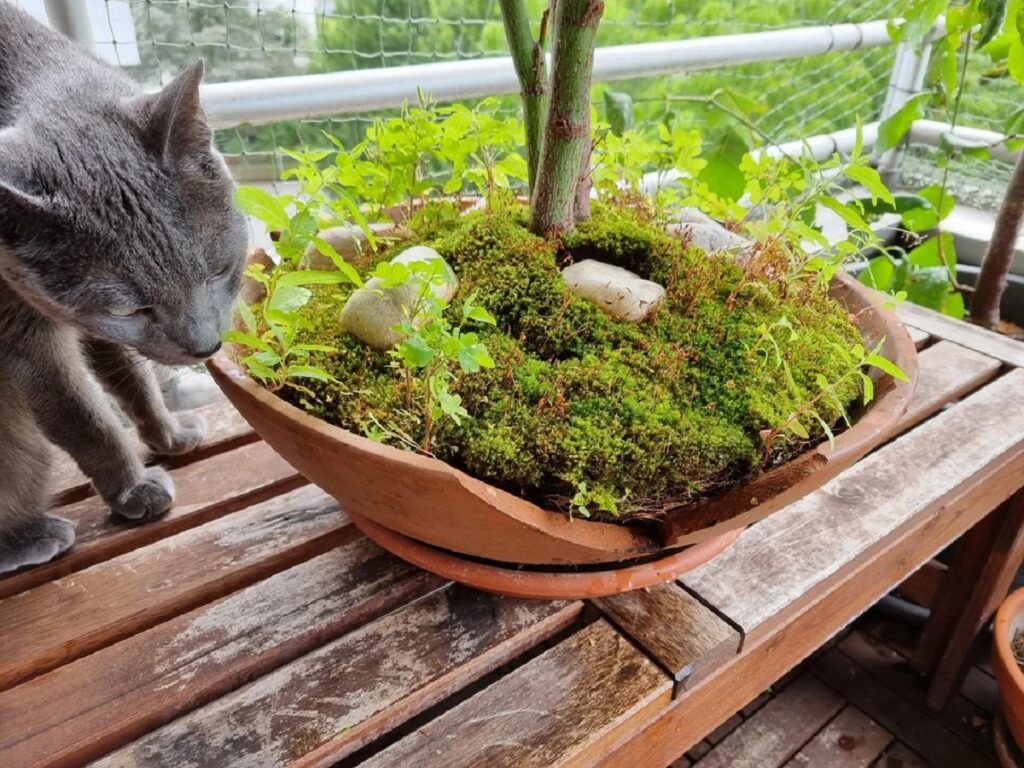
Instead of discarding cracked or broken pots, repurpose them into creative planters. Use large pieces as mini terraces or arrange smaller fragments as mosaic-style containers for succulents. This approach not only recycles damaged pottery but also allows for unique arrangements that catch the eye. Mix textures and colors to add depth to your garden beds. Layer soil carefully to support plant growth and avoid gaps. Broken pots transform imperfections into artistry, giving your garden a personal, handcrafted feel while promoting sustainable gardening practices.
6. Tin Cans: Affordable and Customizable
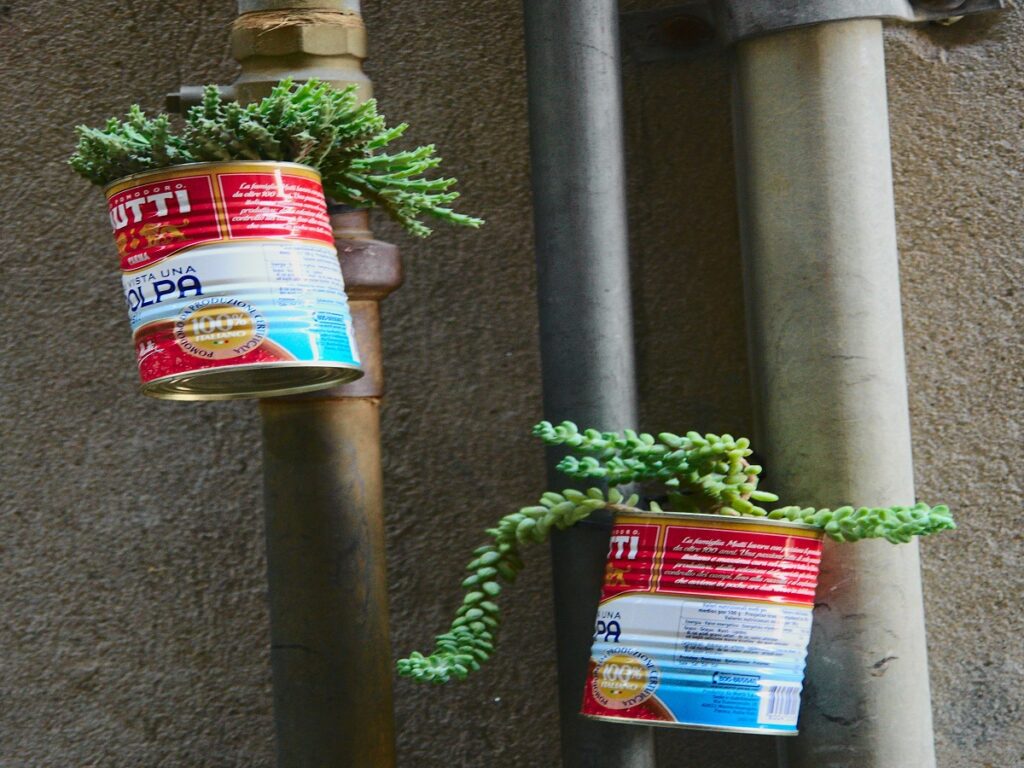
Empty tin cans are simple, practical, and versatile containers. They work well for herbs, flowers, or small vegetable seedlings. Wash and remove labels, then decorate with paint, rope, or fabric for a personalized touch. Drill holes in the bottom for drainage and group them in clusters or hang them on walls with hooks for vertical gardening. Their compact size makes them ideal for balconies or small garden spaces. Tin cans are lightweight, easy to move, and offer an inexpensive way to start a garden without sacrificing style or functionality.
7. Pallets: Vertical Gardening Made Easy
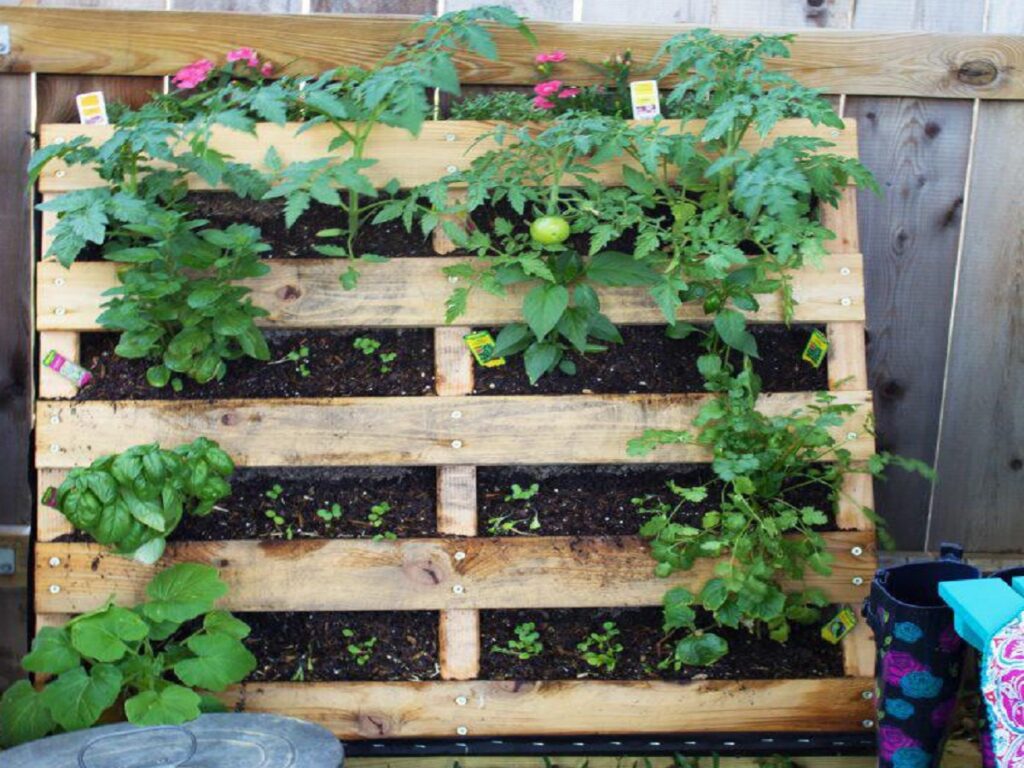
Wooden pallets can be turned into vertical planters for herbs, succulents, or trailing flowers. Simply secure landscape fabric or small pots to the slats and lean or mount the pallet against a wall. Pallets are ideal for maximizing small spaces and can create lush, living walls. Their rustic look complements natural garden themes, and they are easy to customize with paint or stain. By repurposing pallets, gardeners can elevate their planting game, introducing height, texture, and accessibility without investing in expensive vertical garden structures.
8. Drawers: Hidden Garden Charm
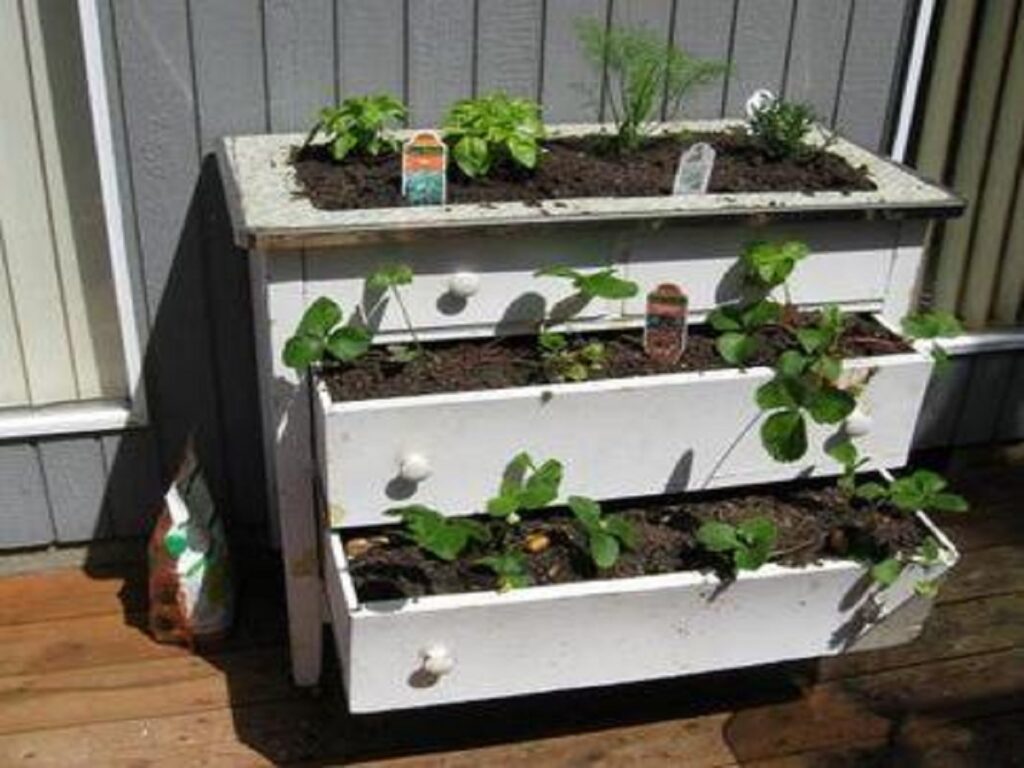
Old dresser drawers can be repurposed into charming garden planters. Each drawer becomes a shallow bed, perfect for flowers, herbs, or succulents. Paint or seal the wood to extend durability outdoors and drill drainage holes to prevent water buildup. Arrange multiple drawers in layers or side by side for a coordinated garden display. Their rectangular shape makes them ideal for patios, walkways, or balcony gardens. Drawers bring both a sense of history and practicality, giving discarded furniture a new, functional life in your outdoor space.
9. Old Tires: Colorful Circular Beds
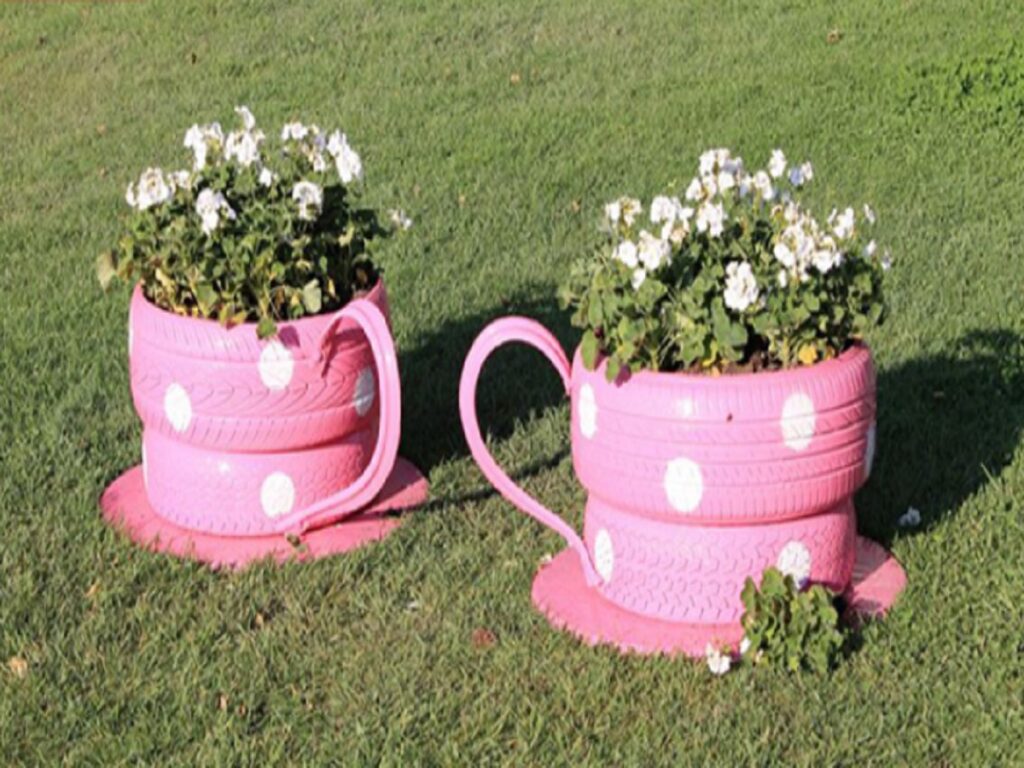
Used tires can be turned into fun and functional planters with minimal effort. Stack or paint them for dramatic effect, then fill with soil and your choice of plants. They work well for flowers, vegetables, or shrubs, and their circular shape creates visual interest. Tires are durable, weather-resistant, and allow for raised garden beds, making planting easier on the back. Proper painting ensures they blend with your garden aesthetics, while lining them with fabric prevents soil from slipping out. This repurposing transforms trash into playful, practical garden containers.
10. Wine Barrels: Large Rustic Containers
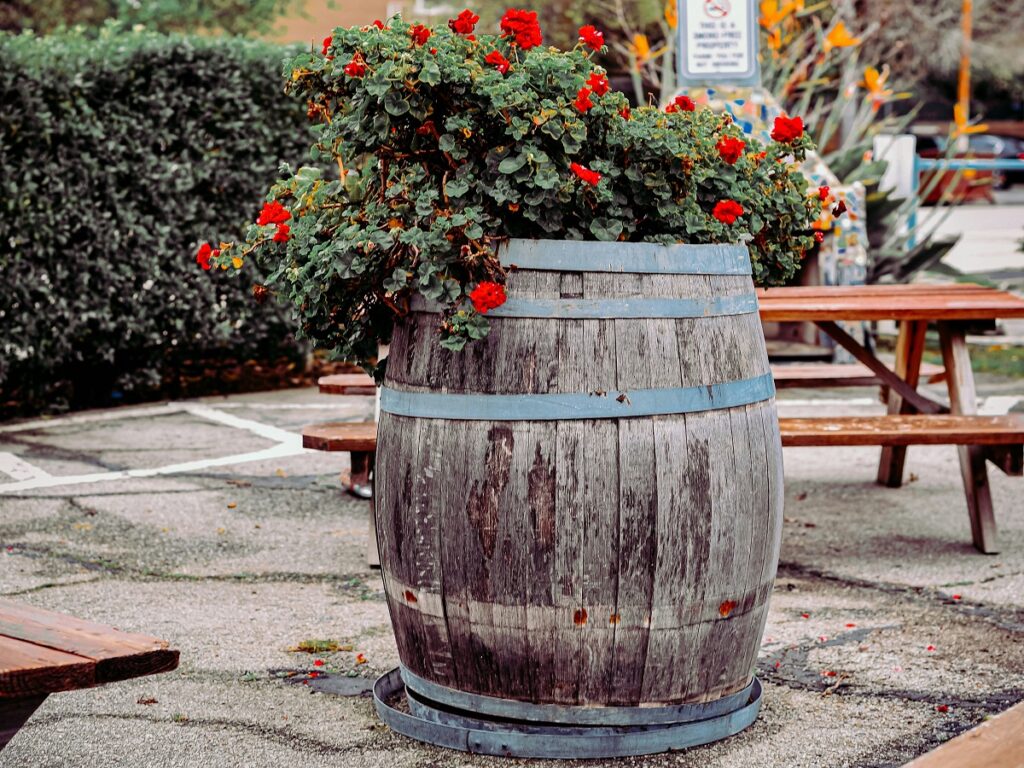
Half or full wine barrels make spacious, rustic garden planters. Their deep interiors allow for extensive soil, accommodating larger plants like shrubs or dwarf trees. Drill drainage holes and consider elevating slightly for water runoff. Wine barrels bring a classic, countryside feel to gardens, patios, or entrances. Over time, the wood ages naturally, enhancing its charm. They can also be stained, painted, or left untreated for an authentic rustic look. This container type is perfect for gardeners seeking durable, statement-making planters with a natural appeal.
11. Colanders: Drainage Made Easy
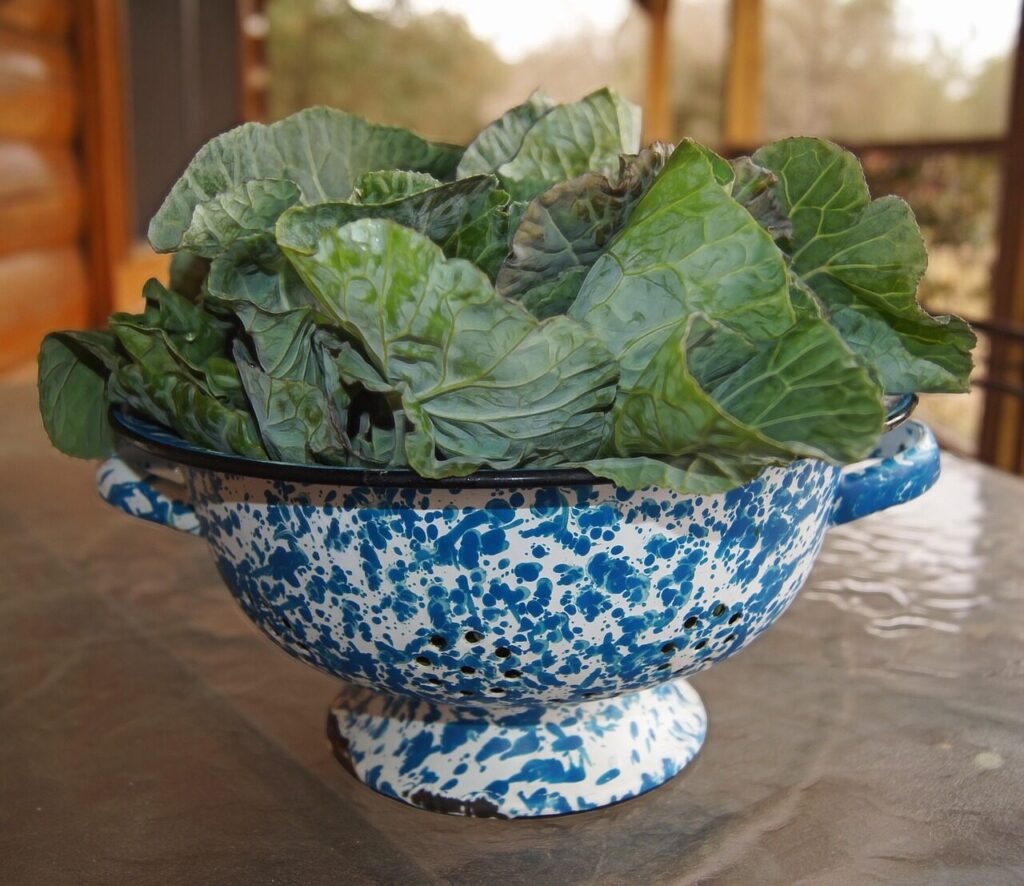
Metal or plastic colanders are ready-made planters with excellent drainage. Fill them with soil and colorful flowers, succulents, or herbs. Their perforated design ensures excess water escapes, reducing root rot. They can be placed on tables, shelves, or hung with chains for a suspended garden effect. Lightweight and versatile, colanders add a playful, functional touch to your space. Painting or decorating them allows for further customization. With minimal effort, a kitchen item becomes a quirky, effective, and charming garden planter.
12. Tea Chests and Wooden Boxes: Layered Planting
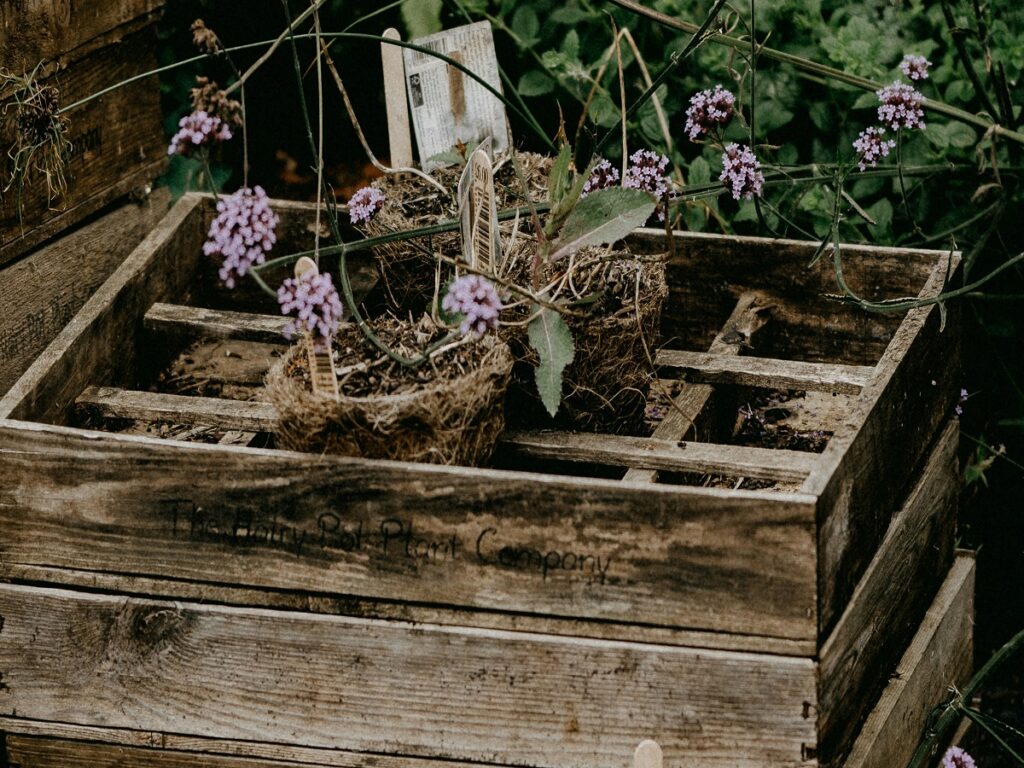
Old tea chests or small wooden boxes make excellent containers for grouped planting. Arrange them on shelves, steps, or the ground, combining herbs, flowers, or trailing plants. Drill holes for drainage and consider lining with landscape fabric to prevent soil escape. Their compact size allows for easy relocation and rearrangement. Painted or left natural, wooden boxes provide rustic charm and structure to your garden. With simple adjustments, these containers transform storage items into functional and visually appealing planting solutions.
13. Boots and Shoes: Miniature Gardens
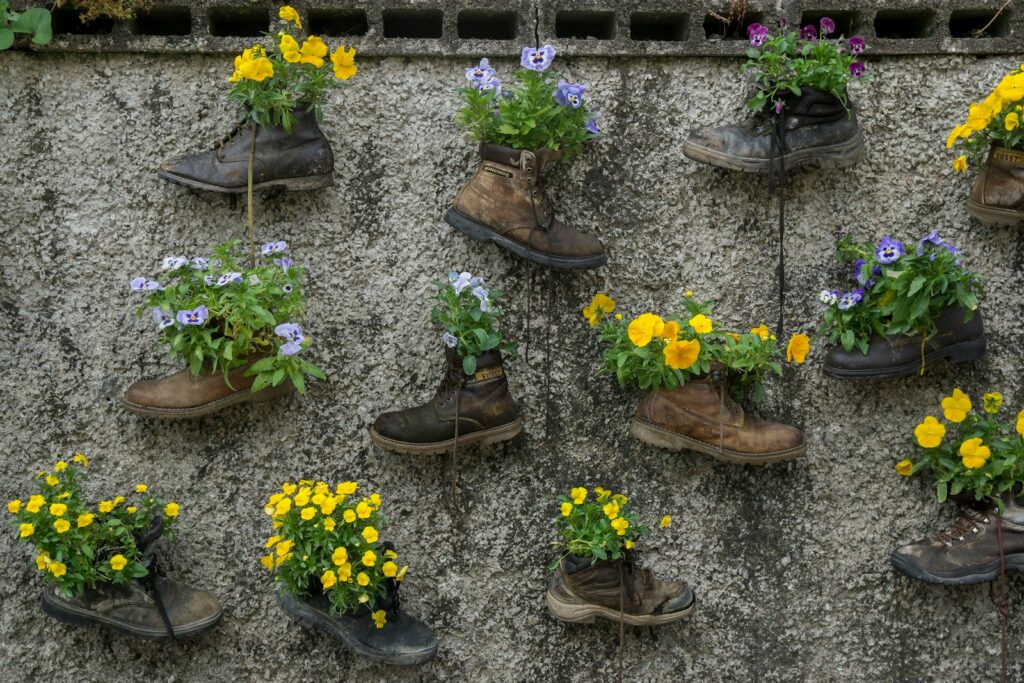
Repurposing old boots, sneakers, or shoes creates tiny, whimsical planters for succulents or small flowers. They are perfect for balconies, porches, or window sills. Drill holes in the soles for drainage, fill with soil, and plant small greenery. Shoes’ unique shapes and colors add character, humor, and personality to the garden. Grouping them in clusters creates a playful effect, while each piece can become a conversation starter. This approach demonstrates that even the smallest, most unexpected items can be given new life as charming garden containers.
14. Milk Bottles and Jugs: Lightweight and Practical
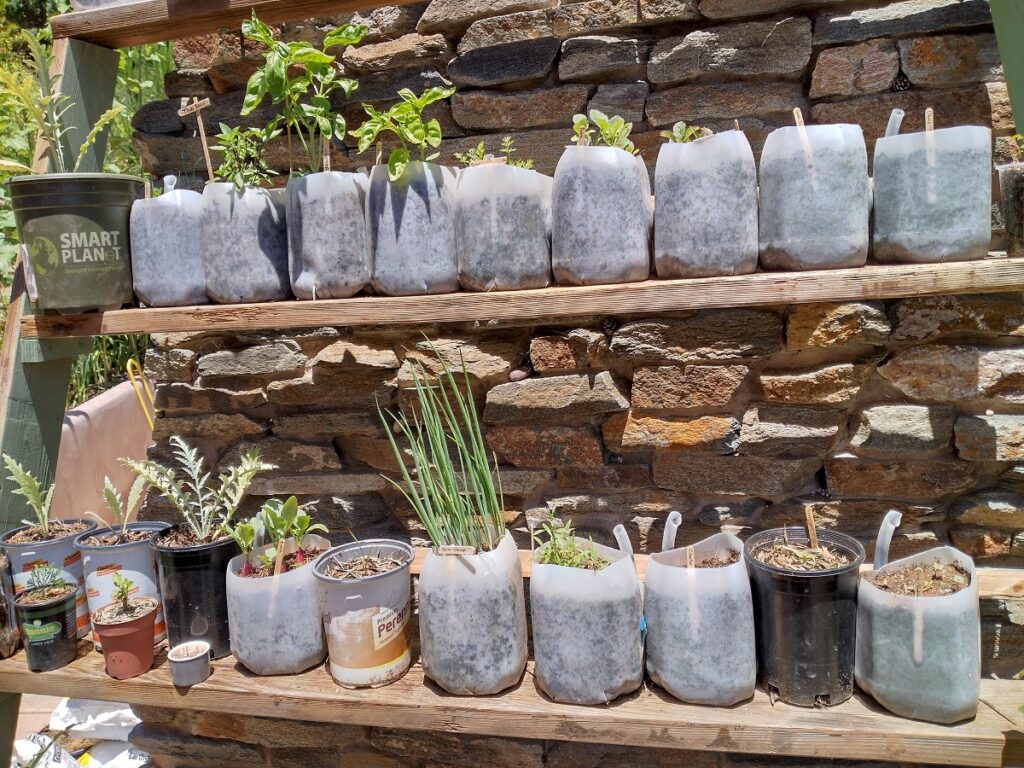
Plastic milk jugs or detergent containers can be repurposed as lightweight garden planters. Cut them to the desired height, fill with soil, and plant herbs, vegetables, or flowers. Their handles make them easy to move, while their shape allows efficient use of vertical or balcony space. Drill holes in the bottom for drainage and decorate the exterior for added aesthetic appeal. Milk jugs are particularly useful for small-scale gardening projects or indoor planting. Repurposing these everyday items reduces waste while providing a functional, low-cost container solution.
15. Buckets: Durable and Multi-Purpose
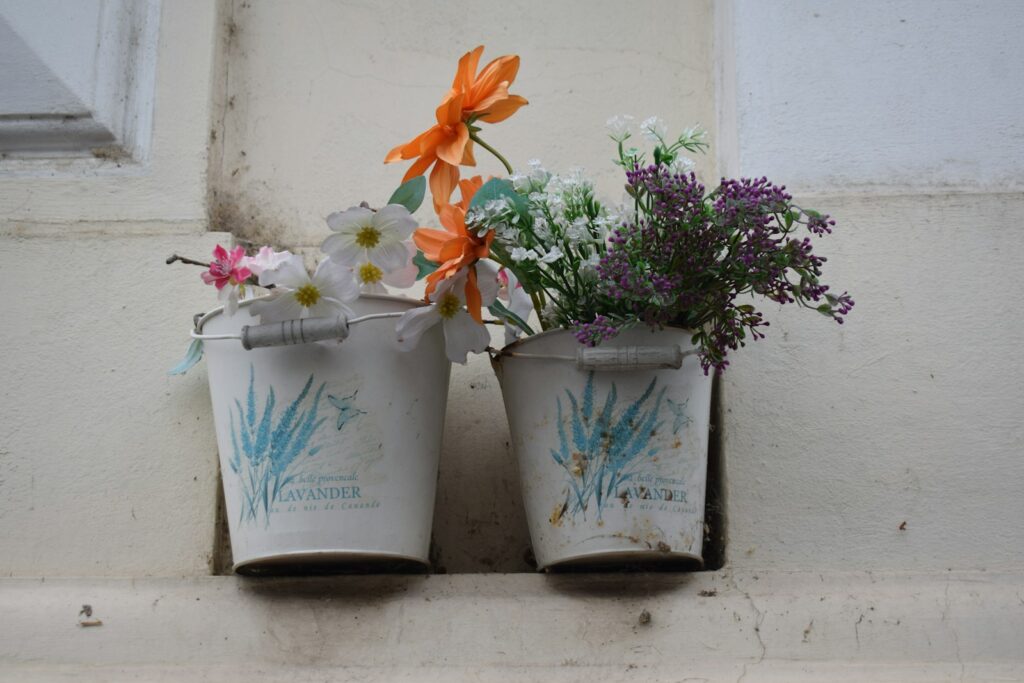
Metal or plastic buckets are a garden staple when repurposed. They’re durable, inexpensive, and available in various sizes. Drill drainage holes and use them for flowers, herbs, or small vegetables. Buckets can be painted or left plain for a rustic effect and are easy to relocate for optimal sunlight. Grouping multiple buckets creates uniformity and height variation in garden layouts. Their sturdy construction ensures long-lasting use, while their simple design allows for versatile placement, making them one of the most practical and accessible repurposed container options.
16. Mason Jars: Small Space Wonders
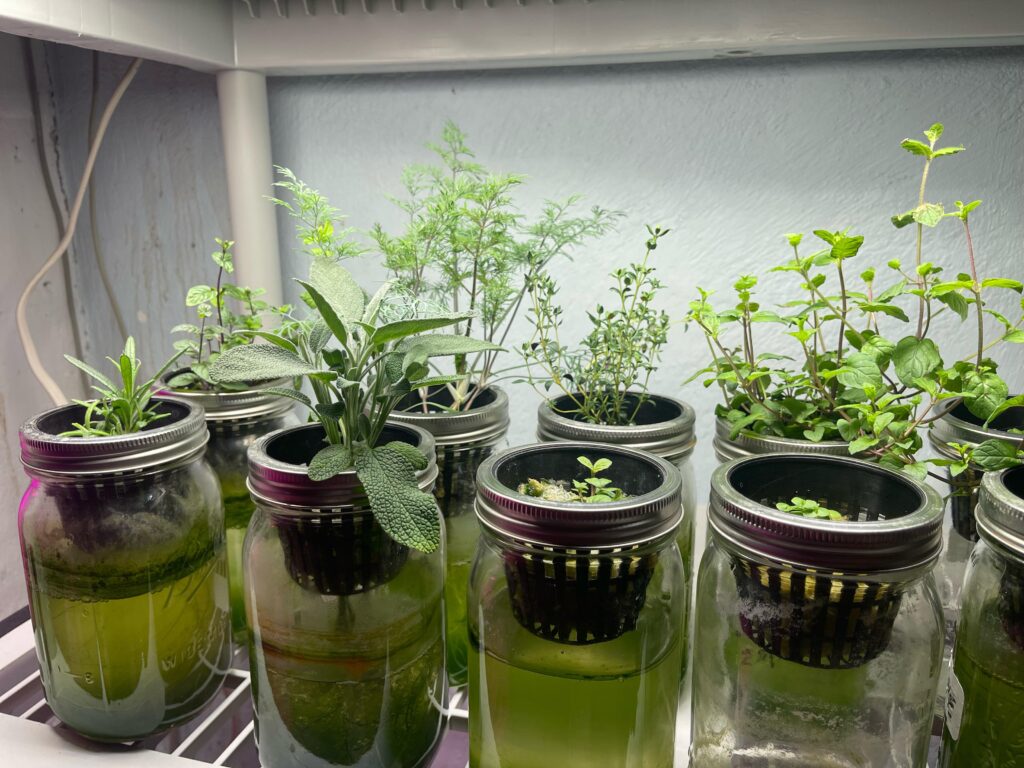
Glass mason jars are perfect for small herb gardens, seedlings, or decorative arrangements. Use jars on windowsills, shelves, or suspended with wire hangers. To ensure proper drainage, add a layer of pebbles at the bottom or use jars for hydroponic setups. Their transparency allows observation of roots and soil moisture, adding an educational element. Mason jars are ideal for kitchens or indoor spaces where space is limited. With minimal effort, these containers provide charm, practicality, and visibility, making them a favorite for small-scale or urban gardening projects.
17. Birdcages: Airy Vertical Gardens
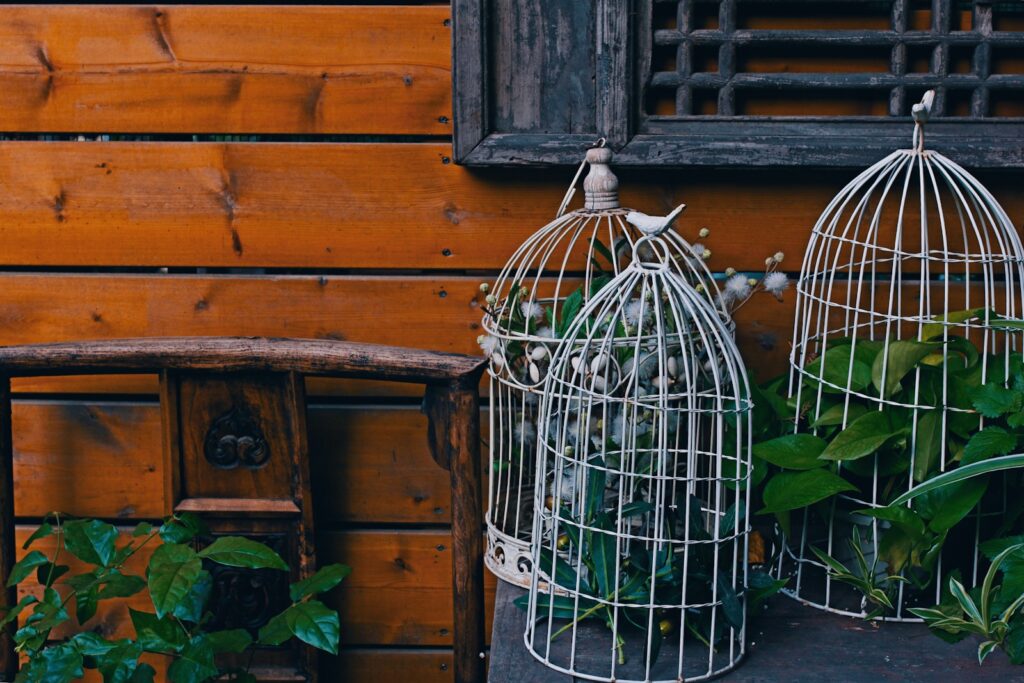
Empty birdcages can be converted into vertical garden containers with visual appeal. Fill the base with soil and plant trailing flowers, herbs, or small ornamental plants. Their open design allows air circulation, while hanging cages can create dynamic layers in your garden. Paint or decorate the cage to match your style. Birdcages are especially effective for small patios or balcony spaces, adding height and interest without taking up ground space. This creative repurposing turns a decorative item into a functional and eye-catching planter.
18. Plastic Bottles: Smart and Sustainable
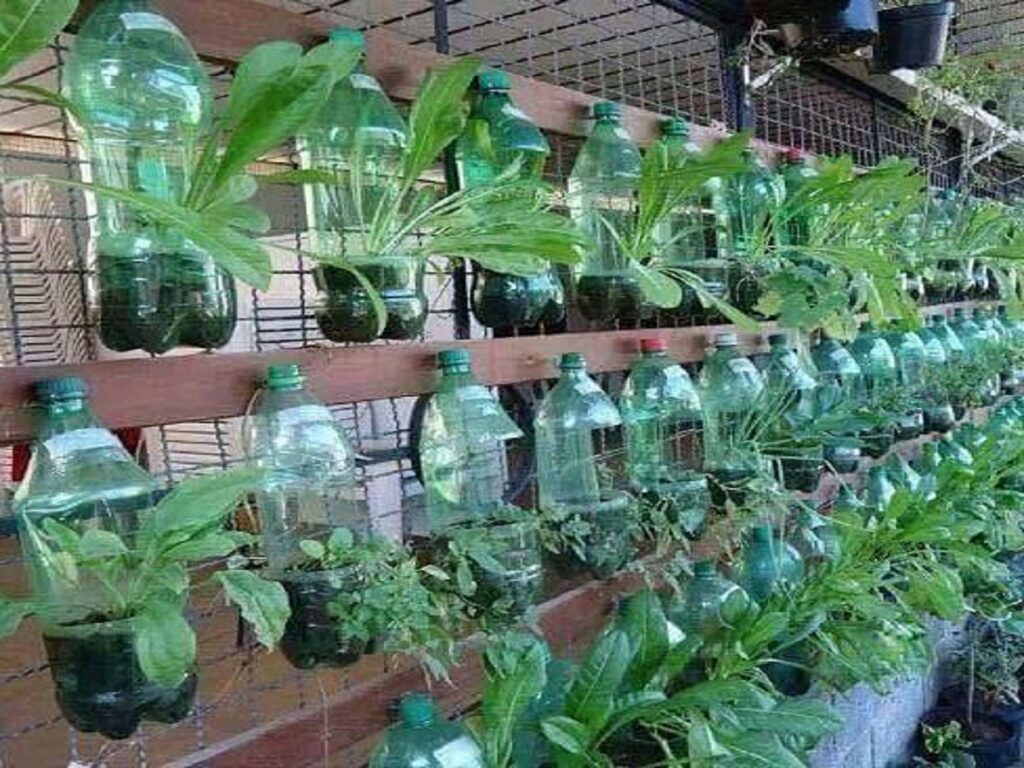
Cut plastic bottles in half or create hanging planters by inverting them. They’re ideal for seedlings, herbs, or small flowers. Add drainage holes and hang them on fences or railings using twine. Transparent bottles allow you to see root development, helping you monitor growth. They’re lightweight, easy to work with, and perfect for educational or kid-friendly gardening projects. Repurposing plastic bottles encourages sustainability and turns ordinary waste into resourceful garden assets.
19. Lampshades: Hanging Garden Art
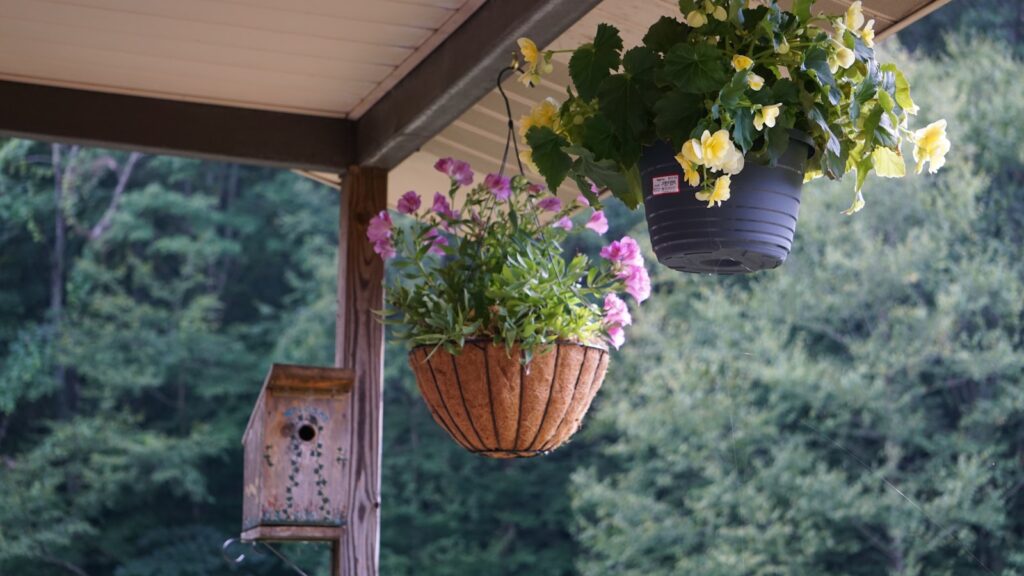
Old lampshades can be turned into hanging planters by inverting them and securing a liner inside. Fill with soil and trailing plants, flowers, or vines, then hang using chains or ropes. Their shape naturally guides plants downward, creating cascading effects. Paint or decorate the exterior to match your garden’s theme. Lampshade planters are lightweight, creative, and perfect for patios, balconies, or indoor gardens. They turn household items into functional art, offering both style and practicality, while adding vertical interest to your planting arrangements.
20. Suitcases: Vintage Garden Beds
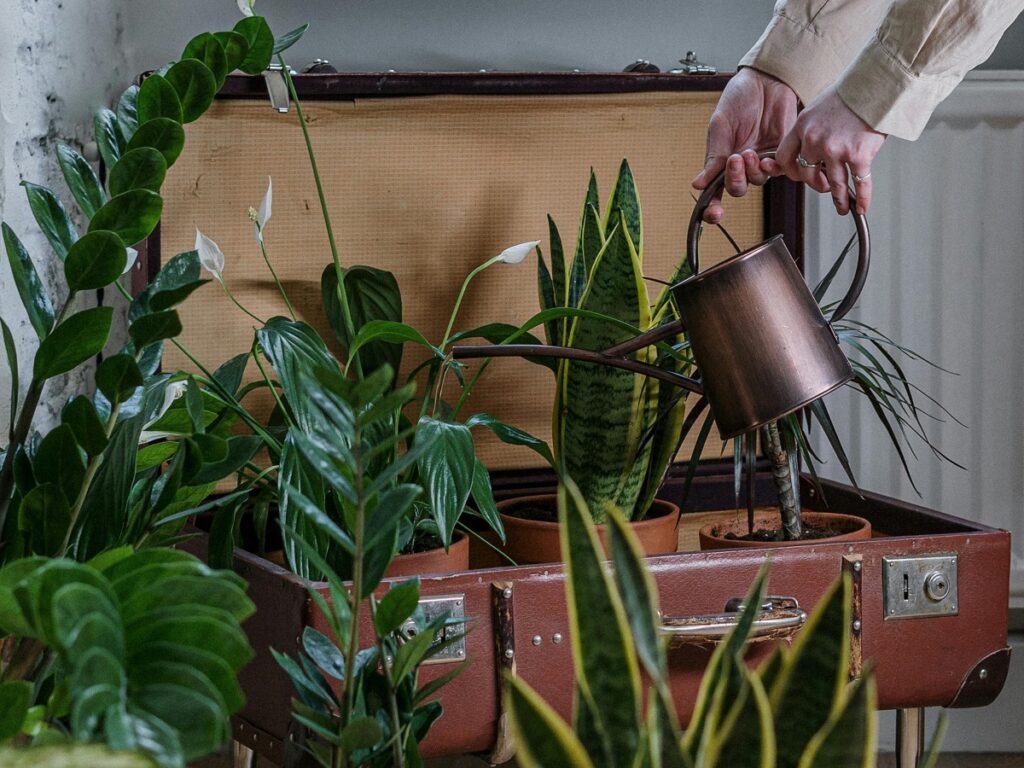
Vintage suitcases create unique, portable garden beds. Open the case, line it with landscape fabric, and fill with soil to plant flowers, herbs, or succulents. Their depth accommodates layered planting, and wheels or handles allow for easy repositioning. Painted or left with natural patina, suitcases provide a nostalgic, eclectic charm. They’re ideal for patios, terraces, or garden corners where statement pieces are welcome. Repurposing suitcases not only recycles an old item but also introduces an unexpected and memorable container to your outdoor space.
Comments